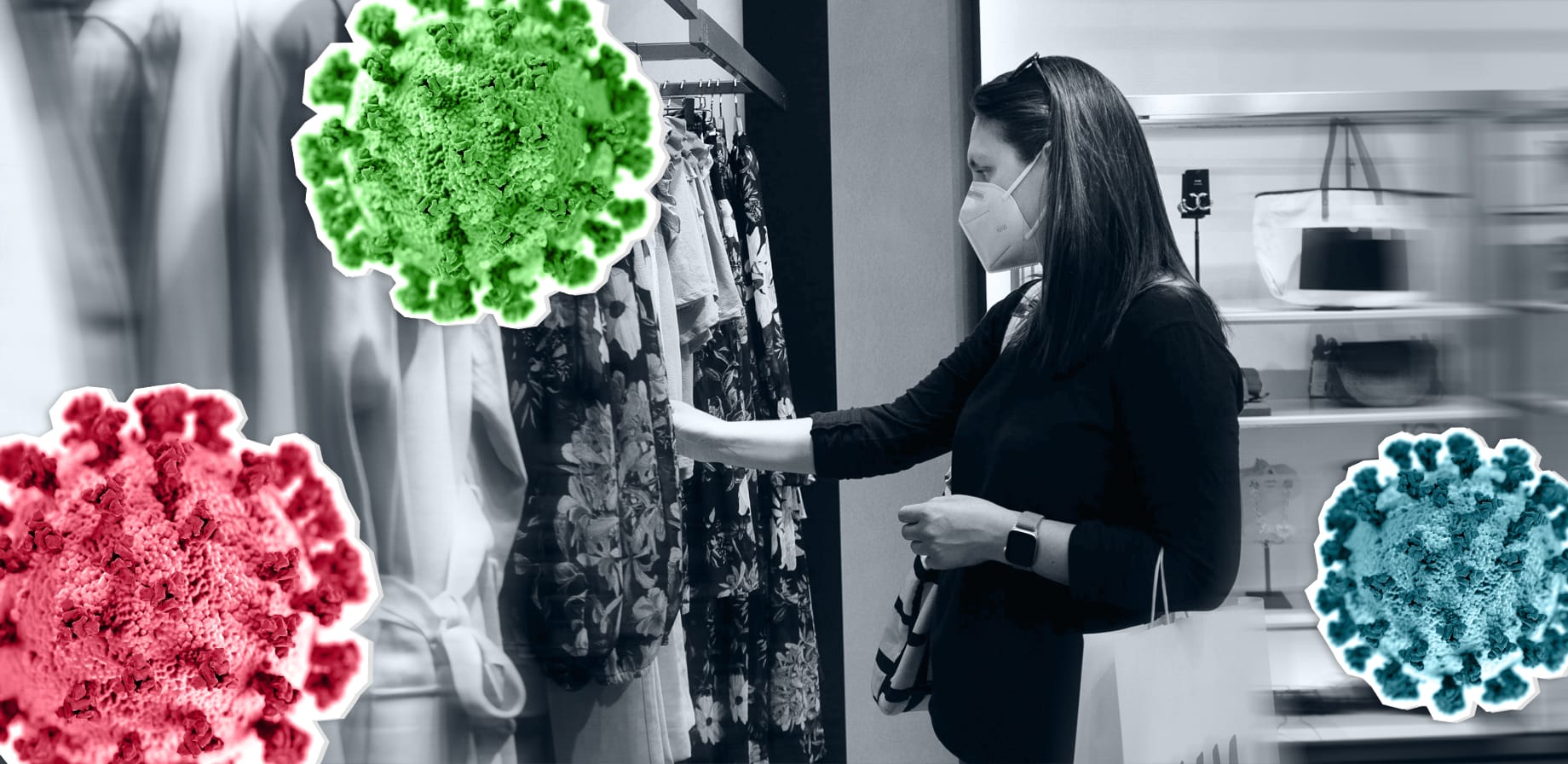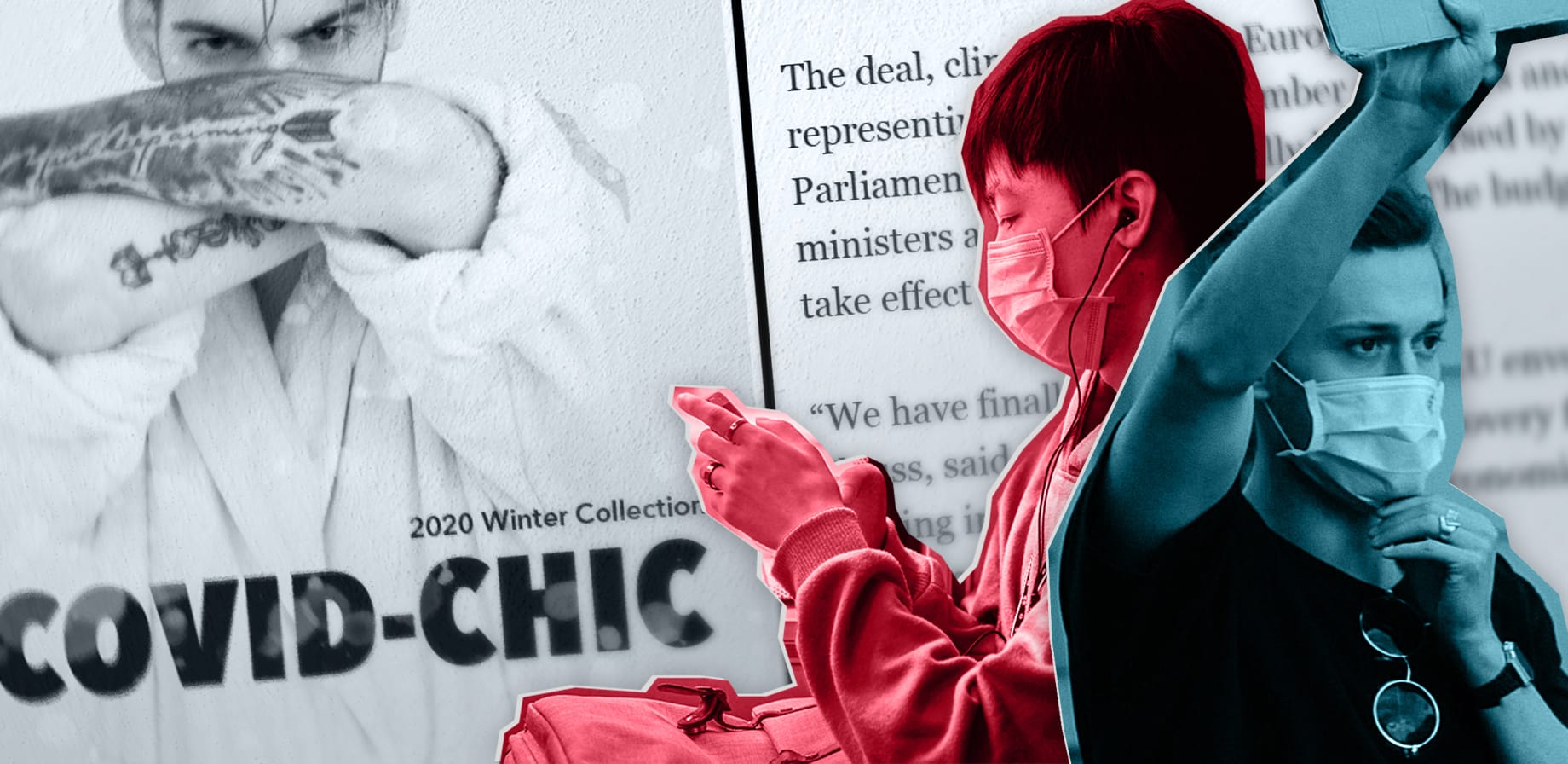From a global pandemic to a burgeoning civil rights movement, this has been a year of massive social upheaval. And it’s not even over yet.
For marketers, this has led to rampant uncertainty. The risks attached to traveling amid COVID-19 means that holiday promotions can no longer draw from the typical scenes of extended family reunions and festive gatherings. Demonstrations that filled the streets every night underscored systemic inequality, which led brands to reinvent their campaigns to avoid seeming tone deaf. Suddenly, the standard playbook that has informed your marketing plans year after year no longer applies.
Without question, the world has changed. However, from a larger perspective, the facts of our industry remain the same. Marketing during a pandemic requires agility, empathy, and a concerted effort to understand your audience, but so did successful campaigns during so-called "normal times." Though the rapid pace of social change may have increased the frequency of message testing, research, and checking in with your customers, these tried and true tools never go out of date.
And, more importantly, these methods will retain their value six months from now. The world is always changing, and you should be listening to your user to find out what they need. Through consistent testing and connecting with your consumers, you can stay prepared to navigate whatever lies ahead.

Coronavirus can’t cancel marketing – but it has raised the stakes
Facing a holiday season without the prospect of consumer travel and the typical nods toward family togetherness, marketers like you may feel at a loss for the right approach. In times of uncertainty, the pressure to strike the right tone becomes more acute. Getting a campaign wrong in more typical times may not be quite as sharp of a pain point. However, a poorly thought out approach now could mean the end of your business.
Even as the stakes have risen, abandoning promotional efforts for your brand until a familiar climate returns isn’t an option. Fortunately, for as much as the marketplace has changed, your tactics for analyzing your consumers haven’t.
From the beginning, user research uncovers your customer’s motivations, attitudes, and behaviors before a high-stakes campaign even attempts to address far-reaching changes to the way we live. Then, repeated user testing responds to the insights gained from research to test its results. The need for testing isn’t only more crucial than before; the cycles have grown that much shorter to determine the accuracy of its conclusions.
Maybe your brand is in the habit of doing quarterly check-ins with its data or customers. Now, it’s about shrinking those windows to maybe even weekly because cultural issues are changing so fast, brands struggle to keep up on their own.
Because of social media, movements like Black Lives Matter can make a swift global impact because media is more in the hands of the consumer. If you attempt to connect with your customer from the perspective of your own biases and experience and the response you think they want, you could miss the vital changes affecting what they need.
Whether your current data reveals insights into a typical sales cycle or attitudes around a prior holiday season, information that doesn’t draw from the present moment is well past its expiration date. Your old, time-tested approaches may be gone, but as you gather more data a new playbook will arise.
Testing reveals how users have evolved – and your brand as well
While turbulent times demand increased vigilance about message testing, listening to your users also requires monitoring their sentiments toward your brand. From those results, you can draw clearer conclusions about what – if any – response to social issues they may expect.
As crazy as this current moment can seem, the many social changes at work at this moment don’t necessarily require throwing everything out the window for your brand. Most agencies don't have the social science expertise to determine how best to address people under political or economic strain. But using the tactics that marketers use every day to communicate with and learn from their consumers remain more relevant than ever.
Ultimately, given the many changes in play, who your users were six months ago is probably not who your users are today. Your audience is dynamic. Brands and their approaches to audience engagement should be dynamic in their response to those changes as well.

Open eyes and ears keep your message in tune with the times
Whether navigating the shift from brick-and-mortar sales to online platforms or the impact of Covid-19, marketing is built on change. Once, we all thought we would only have to adapt to being home for three months before familiar processes returned. While our current reality was difficult to predict, it also introduces a fascinating period to monitor and address many emerging new patterns and behaviors.
For all the ways the world has shifted, your foundational marketing process doesn't have to follow suit. At We The Collective, user testing and research has always been a critical way for us to determine the best creative approach for current circumstances. That mandate to listen to and learn from your audience hasn’t so much changed as it’s been underscored.
Marketing is built on change. But even as consumer needs and perspectives shift with the times, you can't abandon the fundamentals. Let We the Collective help you navigate this balance going forward.


